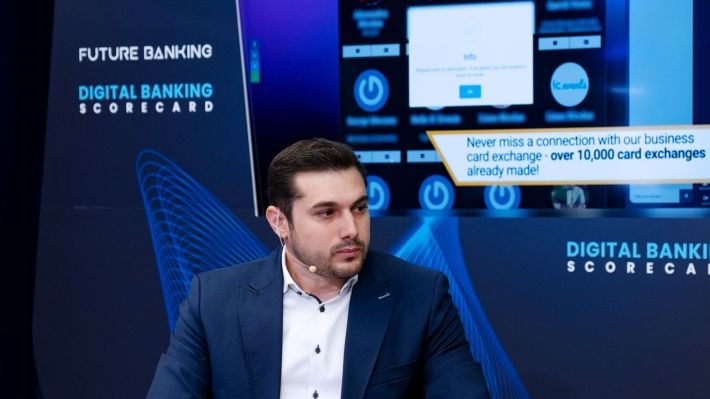Andrei Găman, FintechOS: Personal really differentiates banks in the era of digital banking
04 March 2022 | Alexandru Ardelean

Mai multe despre:
About
Articole similare





Cine va conduce Asociația Română de Fintech pentru următorii 2 ani
02 February 2021 | Team

Scade încrederea în economie a managerilor români
22 November 2021 | Alexandru Ardelean

SmartPay Software preluată de RBC
06 July 2022 | Alexandru Ardelean

Cum aleg băncile să-și alinieze scopul cu așteptările noilor generații
18 July 2022 | Ana Andrei




